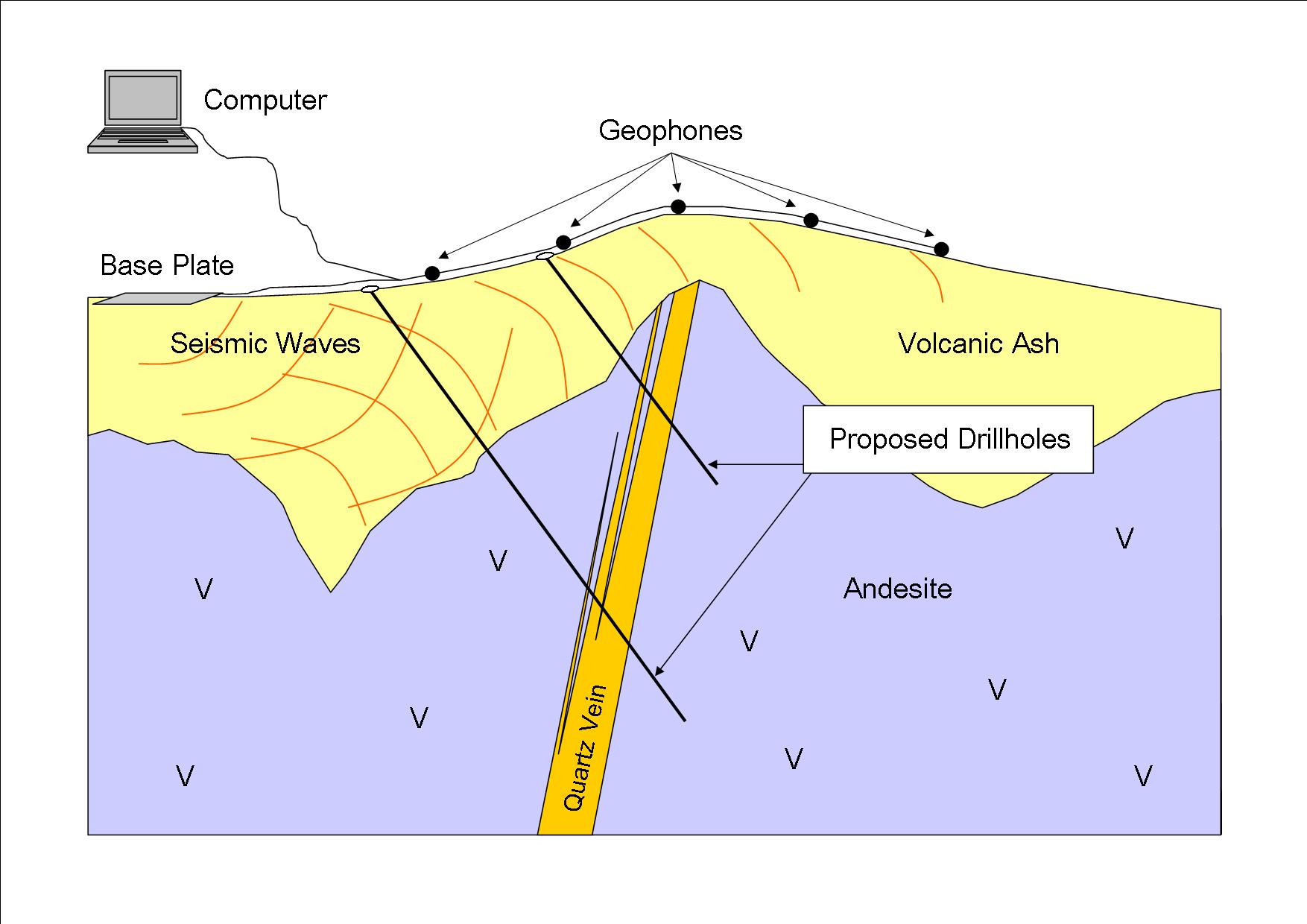All Categories
Featured
Table of Contents
Geophysical Survey - Mola in Piesse Brook Western Australia 2022
Much of the image includes blank locations now with little or no radar reaction. The "yard" wall is still showing highly, nevertheless, and there are continuing recommendations of a difficult surface area in the SE corner. Time piece from 23 to 25ns. This last slice is now almost all blank, but a few of the walls are still showing strongly.
How deep are these slices? Unfortunately, the software application I have access to makes approximating the depth a little difficult. If, however, the top 3 pieces represent the ploughsoil, which is probably about 30cm think, I would guess that each piece has to do with 10cm and we are just getting down about 80cm in total.

Fortunately for us, the majority of the sites we have an interest in lie just listed below the plough zone, so it'll do! How does this compare to the other approaches? Contrast of the Earth Resistance information (top left), the magnetometry (bottom left), the 1517ns time slice (top right) and the 1921ns time piece (bottom left).
Geophysical Services in Bullsbrook Western Australia 2022
Magnetometry, as discussed above, is a passive technique measuring regional variations in magnetism versus a localised zero worth. Magnetic susceptibility survey is an active technique: it is a procedure of how magnetic a sample of sediment could be in the existence of a magnetic field. Just how much soil is tested depends on the diameter of the test coil: it can be very small or it can be fairly big.
The sensor in this case is extremely little and samples a small sample of soil. The Bartington magnetic susceptibility meter with a big "field coil" in usage at Verulamium throughout the course in 2013. Leading soil will be magnetically boosted compared to subsoils merely due to natural oxidation and reduction.
By determining magnetic vulnerability at a fairly coarse scale, we can identify locations of human occupation and middens. Regrettably, we do not have access to a reliable mag sus meter, however Jarrod Burks (who helped teach at the course in 2013) has some outstanding examples. Among which is the Wildcat website in Ohio.
Geophysical Survey in Brentwood WA 2021
These towns are often set out around a main open location or plaza, such as this rebuilt example at Sunwatch, Dayton, Ohio. Sunwatch Town, Dayton, Ohio (photo: Jarrod Burks). At the Wildcat website, the magnetometer study had actually found a variety of functions and homes. The magnetic susceptibility study helped, however, define the primary location of occupation and midden which surrounded the more open area.
Jarrod Burks' magnetic vulnerability survey results from the Wildcat site, Ohio. Red is high, blue is low. The technique is for that reason of fantastic use in specifying areas of general occupation instead of recognizing specific features.
Geophysical surveying is an applied branch of geophysics, which utilizes seismic, gravitational, magnetic, electrical and electromagnetic physical methodologies at the Earth's surface area to determine the physical properties of the subsurface - Geophysical Survey And Remote Sensing Techniques in Girrawheen Western Australia 2023. Geophysical surveying techniques normally measure these geophysical homes along with anomalies in order to evaluate numerous subsurface conditions such as the presence of groundwater, bedrock, minerals, oil and gas, geothermal resources, voids and cavities, and far more.
Latest Posts
How To Become A Geophysicist in Dalkeith WA 2022
What Is The Best Degree Path For Becoming A Geophysicist? in Floreat WA 2023
Marine Geology And Geophysics in Rivervale Western Australia 2022